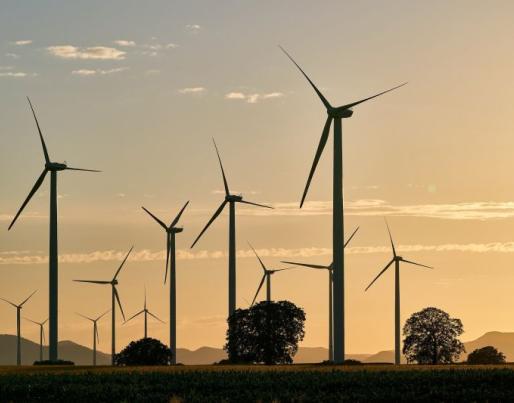New energy statistics 2022 to support the Green Deal

New energy statistics 2022 to support the Green Deal
On 28th January 2022, the European Commission adopted the most encompassing amendment of the energy statistics regulation ever conducted. The aim is to support even further the European Green Deal. This amendment, which has come into force in February, will provide statistics to monitor a number of policy initiatives to decarbonise the European economy, including the Energy Union and the Fit for 55 package, as well as the Hydrogen Strategy and the Initiative on Batteries. The new statistics will be first available for the year 2022.
Welcoming the adoption today, Commissioner for Economy, Paolo Gentiloni, said: “Today’s amendment to the energy statistics regulation marks a milestone on the path to a credible and evidence-based transition towards a climate-neutral economy. With this legal act, we set the pace for energy statistics worldwide, stay ahead of policy developments and already incorporate data needs from the Fit for 55 package and other important policy initiatives, in line with the Commission’s priorities.”
With this amendment, Eurostat will publish new and more detailed high-quality data on:
- New energy carriers, such as hydrogen, which will play a key role in sectors that are difficult to decarbonise (such as maritime and air transport). These new statistics will differentiate green hydrogen (produced from renewable energy) from hydrogen produced from oil or gas, and will include data to monitor how hydrogen is used in our economy. This information will become essential to monitor the developments associated with the EU Hydrogen Strategy.
- Decentralised production of electricity, to monitor small producers such as households/firms installing their own solar PV panels on their roofs or agriculture/forestry companies producing their own electricity from biomass or biogas. Decentralised electricity production is becoming increasingly important, as the Renewable Energy Directive (EU) 2018/2001 encourages small consumers to play an active role in the energy market by becoming producers themselves. In addition, the Governance of the Energy Union and Climate Change (EU) 2018/1999) includes reporting obligations on renewable energy produced in buildings.
- Large-scale batteries, which will become essential to store electricity and stabilise future smart-grids with a high penetration of renewables (as wind or solar production is variable and its output cannot be fine-tuned to meet demand). These data will support the EU Initiative on Batteries.
- Additional renewable fuels - for example, detailed characteristics of heat pumps and closer monitoring of solar photovoltaic (PV) production, identifying rooftop PV systems, classifying production according to the size of PV system installations and collecting data on off-grid PV systems - to further help in monitoring some of the commitments included in the Renewable Energy Directive (EU) 2018/2001 and the Energy Performance of Buildings Directive (EU) 2018/844. The Resilience and Recovery Plans agreed upon under the Resilience and Recovery Facility put sizeable funding into energy efficiency and renewable energy in buildings.
Read more here.